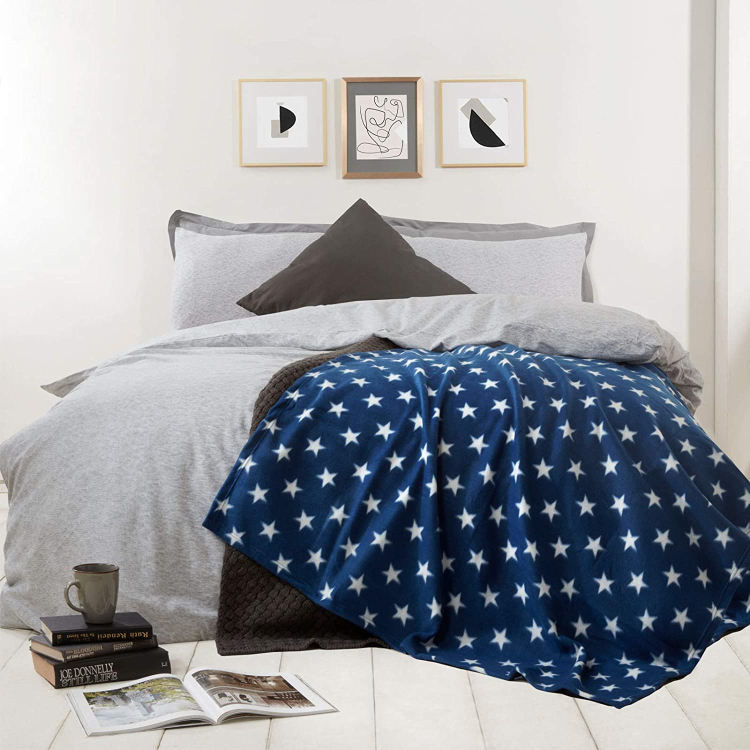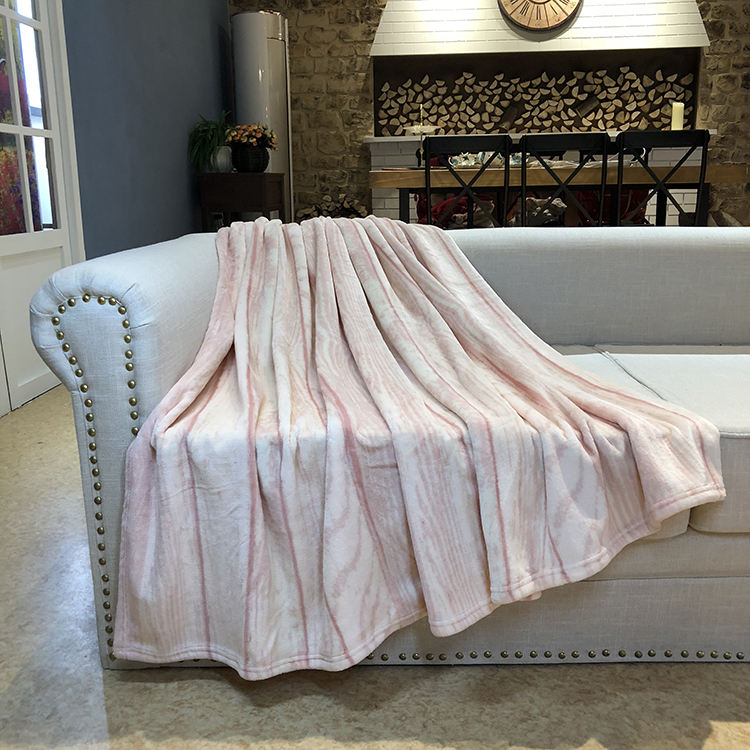Choosing the best baby blankets is essential to keep your little one warm, comfortable, and safe. There are various types of baby blankets, each designed for different purposes and situations. Here are some tips to help you select the right baby blankets for your bundle of joy:
1. Swaddle Blankets:
- Swaddle blankets are typically made of soft, breathable fabrics like cotton or muslin. They are designed to tightly wrap around your baby, providing a sense of security and warmth. Look for swaddle blankets with secure fasteners or adjustable flaps to ensure a snug fit. Swaddle blankets are ideal for newborns who often enjoy the feeling of being swaddled.
2. Receiving Blankets:
- Receiving blankets are versatile and can serve various purposes. They can be used as burp cloths, nursing covers, or lightweight blankets for swaddling or covering your baby. Opt for receiving blankets made of soft, easy-to-clean materials.
3. Sleep Sacks or Wearable Blankets:
- Sleep sacks, also known as wearable blankets, are designed to be worn by your baby while they sleep. They eliminate the need for loose bedding, such as traditional blankets, in the crib. Ensure that the sleep sack is the right size for your baby and meets safety standards.
4. Security Blankets:
- Security blankets, often referred to as “lovies,” are small, soft blankets or stuffed animals that provide comfort and familiarity to your baby. They are typically used for comfort and self-soothing and are suitable for infants and toddlers.
5. Crib Blankets:
- Crib blankets should be thin, lightweight, and designed to reduce the risk of suffocation. It’s recommended to use fitted crib sheets as the primary bedding in a crib for safety reasons. If you choose to use a crib blanket, ensure it is securely tucked in and not covering your baby’s face.
6. Fabric and Material:
- Opt for blankets made from soft, breathable, and hypoallergenic materials, such as cotton or muslin. These materials are gentle on a baby’s sensitive skin and allow for good airflow.
7. Size:
- Consider the size of the blanket. Smaller blankets are suitable for swaddling and on-the-go use, while larger blankets can provide more coverage for tummy time or as your baby grows.
8. Safety Considerations:
- Always prioritize safety when selecting baby blankets. Avoid blankets with loose threads or small parts that can pose a choking hazard. Ensure that the blanket is breathable, with no risk of overheating.
9. Easy Care:
- Look for baby blankets that are easy to clean. Machine-washable and durable blankets will save you time and effort.
10. Personal Style:
- Choose blankets that match your personal style and nursery decor. Many baby blankets come in a wide range of colors and patterns.
11. Temperature and Season:
- Consider the season and temperature when selecting baby blankets. Lightweight blankets are suitable for warmer months, while thicker and warmer options are better for winter.
12. Multiple Options:
- It’s a good idea to have a variety of baby blankets for different situations and settings, such as car rides, stroller outings, or naptime.
Remember that safety should always be the top priority when choosing baby blankets. Always follow the American Academy of Pediatrics (AAP) guidelines for safe sleep practices and ensure that your baby’s sleep environment is free from hazards.


